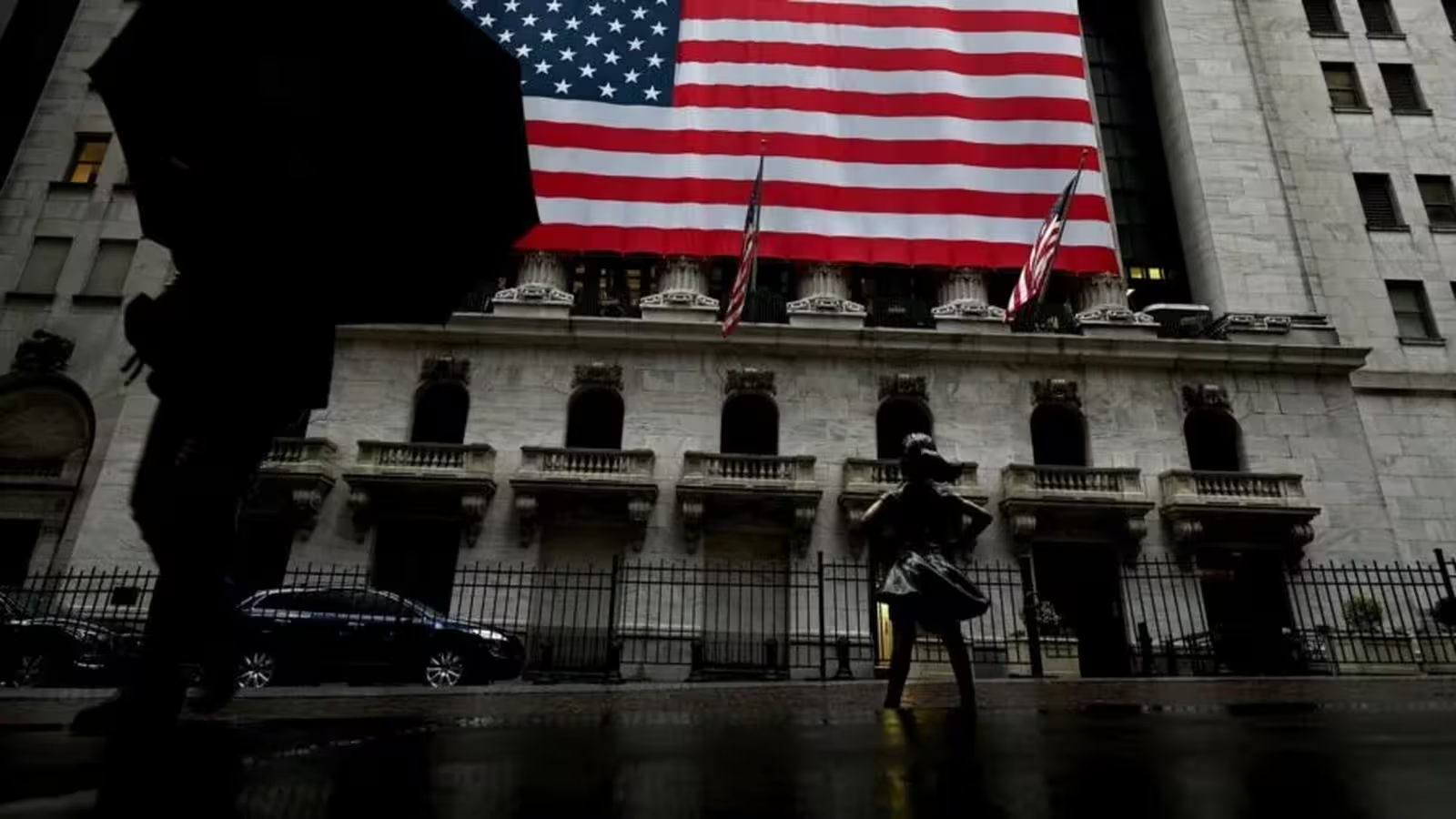4 Minutes
The Rise of Circle: Wall Street’s Unlikely New Darling
The financial world is buzzing, but not for the usual reasons like trailblazing artificial intelligence breakthroughs or headline-grabbing tech moguls. Instead, Wall Street’s attention is fixed on Circle Internet Group—a digital payments company whose recent performance has astonished investors.
Since its public debut on June 5, Circle’s stock has skyrocketed by an incredible 675% within just eleven trading sessions, infusing the company with over $42 billion in additional market capitalization. Now standing shoulder to shoulder with the world’s hottest tech unicorns and AI innovators, Circle’s valuation has soared—investors are willing to pay a staggering $295 for each dollar of company earnings.
The Surprisingly Simple Business Model Behind the Boom
So what makes Circle so special? Unlike other tech giants, Circle isn’t developing the next big AI model or disrupting the world with new hardware. Its business, at its core, is refreshingly simple:
1. You provide Circle with a dollar.
2. Circle issues a digital token called USDC, mirroring the value of that dollar.
3. Circle then invests your original dollar into secure, short-term U.S. Treasury bonds and profits from the interest they generate.
You gain a stable digital asset for trading—or saving—while Circle earns from interest. That’s the full extent of its model. Critics have called Circle little more than a sophisticated ‘money wrapper’, yet investors are flocking to it as if it were the next transformative tech disruptor.
Stablecoins Explained: Why USDC is at the Center of the Buzz
The secret to Circle’s meteoric rise boils down to a single financial product: stablecoins.
USDC is a stablecoin, designed to maintain a 1:1 peg with the U.S. dollar. For every USDC token issued, Circle holds a real dollar in escrow. This digital asset combines the efficiency and speed of cryptocurrencies without the radical price swings of Bitcoin or Ethereum. For traders, institutions, and fintech innovators, stablecoins offer a powerful bridge between traditional finance and decentralized markets.
Major Milestones and Legislative Support Fuel Rapid Growth
Circle’s business model has gained extra momentum thanks to the recent passage of the groundbreaking "Genius Act" by the U.S. Senate. This legislation opens the door for mainstream payment giants—like PayPal, Walmart, and Amazon—to adopt stablecoins for everyday transactions. Suddenly, the prospect of using crypto as a practical alternative to Visa and Mastercard seems closer than ever.
Industry analysts are optimistic. Citigroup projects the stablecoin market could surge to a massive $3.7 trillion by 2030. Amid this expansion, Circle stands out as a neutral, independent platform, free from the legacy constraints of traditional banks or payment rails.
Competitive Advantages and Use Cases
Circle’s USDC is widely adopted across leading crypto exchanges, blockchain applications, and e-commerce platforms. Its advantages include instant transaction settlement, global accessibility, and transparent 1:1 backing—offering peace of mind to both individuals and institutions.
With support for cross-border payments, on-chain lending, and growing integration into the fintech ecosystem, USDC is quickly becoming a foundational piece of the evolving digital financial infrastructure.
The Fragile Foundation: Risks and Market Challenges
However, Circle’s seemingly flawless business model harbors significant risks. Its main source of revenue—interest from U.S. Treasuries—is intrinsically tied to Federal Reserve policy. A decrease in interest rates could rapidly erode profits.
Moreover, the transparency and simplicity that make USDC appealing also make Circle vulnerable to competition. Larger institutions could roll out their own replicas, flattening Circle’s competitive advantage. As online commentators have quipped, "Circle is basically a Treasury ETF wearing a trench coat."
Regulatory uncertainty is another wildcard. Any changes in policy could jeopardize Circle’s operations and the very model powering its growth.
Circle's Future: Market Relevance and Innovation Potential
Despite its simplistic approach, Circle’s robust infrastructure, regulatory focus, and early-mover status have put it at the heart of the crypto-to-fiat bridge. As digital payments evolve, Circle is uniquely placed to profit from the mainstreaming of stablecoins, provided it can adapt to regulatory developments and fend off rising competition.
For now, optimism prevails. Circle’s trajectory suggests that in today’s tech-driven markets, even the simplest business models—when paired with the right digital financial tools—can achieve explosive growth and redefine what it means to be an industry leader.
Investors and technology enthusiasts will be watching closely as Circle navigates the high-stakes world of digital payments, stablecoins, and the broader frontier of financial innovation.
Source: gizmodo



Comments